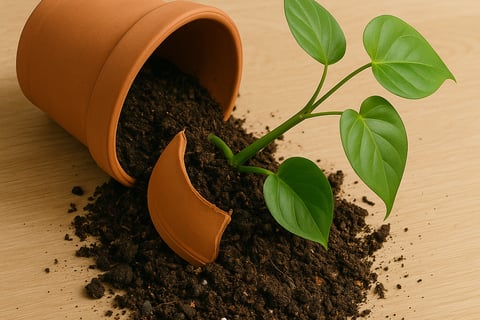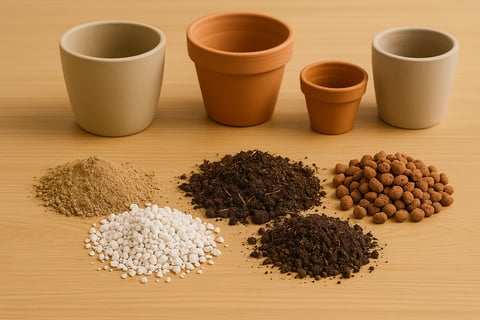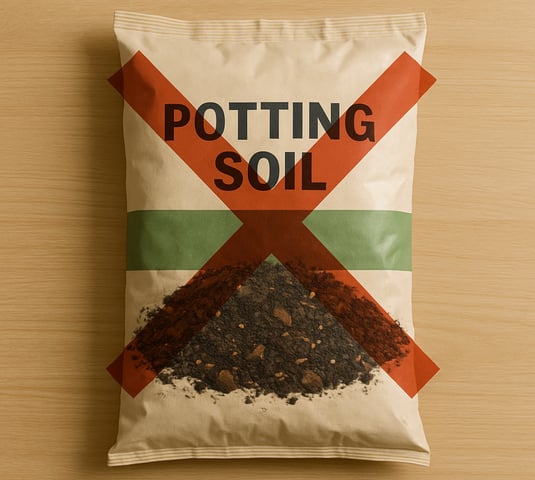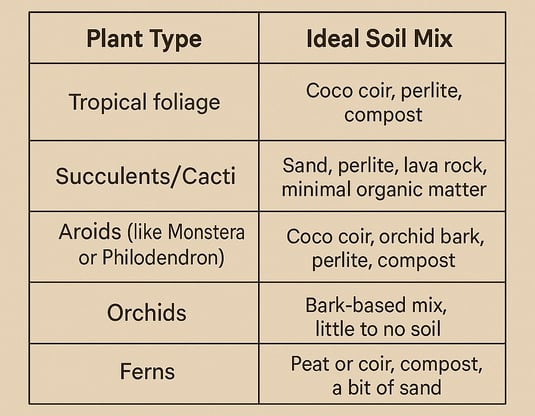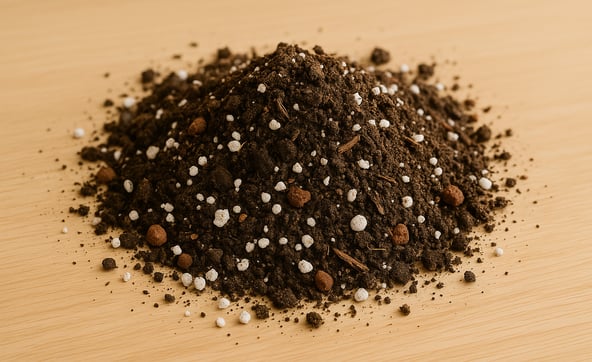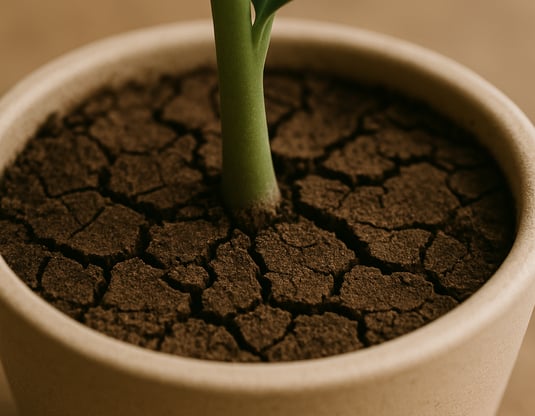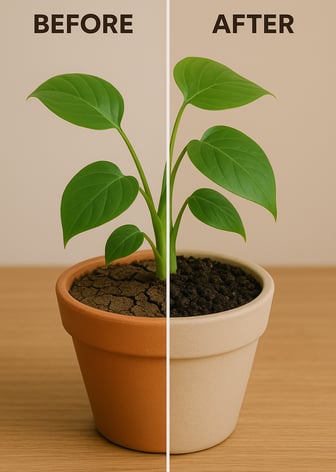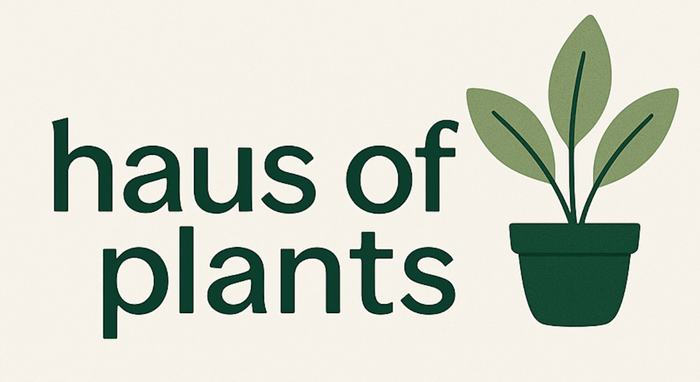Potting Soil 101: Everything You Need to Know for Healthy Indoor Plants
Not all dirt is created equal—especially when it comes to houseplants. In this guide, we break down the basics of potting soil, what makes a good mix, and how to choose (or create) the best soil for your indoor plants to thrive. Whether you're repotting a fiddle leaf fig or starting fresh with a succulent, this post has you covered.
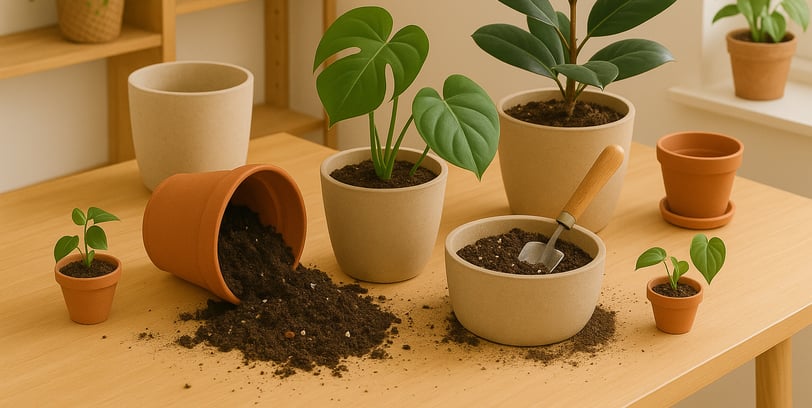

If you’ve ever wondered why your houseplants aren’t thriving despite proper light and watering, the answer might be right under your nose—or rather, under your plants. The type of potting soil you use can make or break your plant’s health. In this guide, we’ll cover what potting soil really is, what makes a great mix, and how to choose or create the perfect blend for your indoor jungle.
What Is Potting Soil?
Despite the name, potting soil usually doesn’t contain actual soil. Instead, it’s a carefully blended mix of materials designed to promote drainage, aeration, moisture retention, and nutrient availability. It’s the foundation your indoor plants rely on for strong roots and long-term growth.
Key Ingredients in Potting Soil (And Why They Matter)
A good potting mix isn’t just dirt. Here’s what you’ll typically find in high-quality soil blends:
1. Perlite
These little white pellets are puffed volcanic glass. Perlite improves drainage and prevents compaction so roots can breathe.
2. Lava Rock or Pumice
These small, porous stones improve airflow and help retain some moisture while keeping the mix loose and well-aerated.
3. Coco Coir or Peat Moss
Organic materials like coco coir (a renewable coconut husk fiber) or peat moss retain water without becoming soggy.
4. Compost or Organic Mulch
Adds nutrients and boosts microbial activity, feeding your plant over time.
5. Sand
Helps with drainage and prevents the soil from becoming too dense, especially for succulents and cacti.
Why Store-Bought Soil Isn’t Always Enough
Many commercial potting mixes are one-size-fits-all, but different houseplants have different needs. Some retain too much moisture, while others lack nutrients. Over time, these mixes can break down, becoming compacted and leading to poor drainage or root rot.
How to Choose the Right Potting Soil
Here’s a quick reference to help you choose or customize a mix based on your plant type:
DIY Potting Soil Recipe
Here’s a general-purpose mix that works well for most indoor plants:
2 parts coco coir or peat moss
1 part perlite
1 part compost or worm castings
½ part sand or fine pumice
Tip: Always pre-moisten your potting mix before using it—dry soil can repel water at first!
When to Replace Your Potting Soil
Even the best soil breaks down over time. Replace or refresh potting soil every 12–18 months, especially if you notice:
Poor drainage
Stunted growth
Sour or musty smell
White crust on soil surface
Final Thoughts
Great soil is one of the most overlooked but essential parts of indoor plant care. With the right mix, your plants will be better equipped to absorb nutrients, develop strong roots, and resist disease. Whether you’re buying a premium blend or mixing your own, your green companions will thank you.
Don’t forget—repotting is also a perfect time to introduce a boost of nutrients. Adding plant food or fertilizer can help your plant adjust and thrive in its new environment. Read all about how to choose the right one in our post: "Feeding Your Houseplants: A Simple Guide to Fertilizers and Plant Food."
